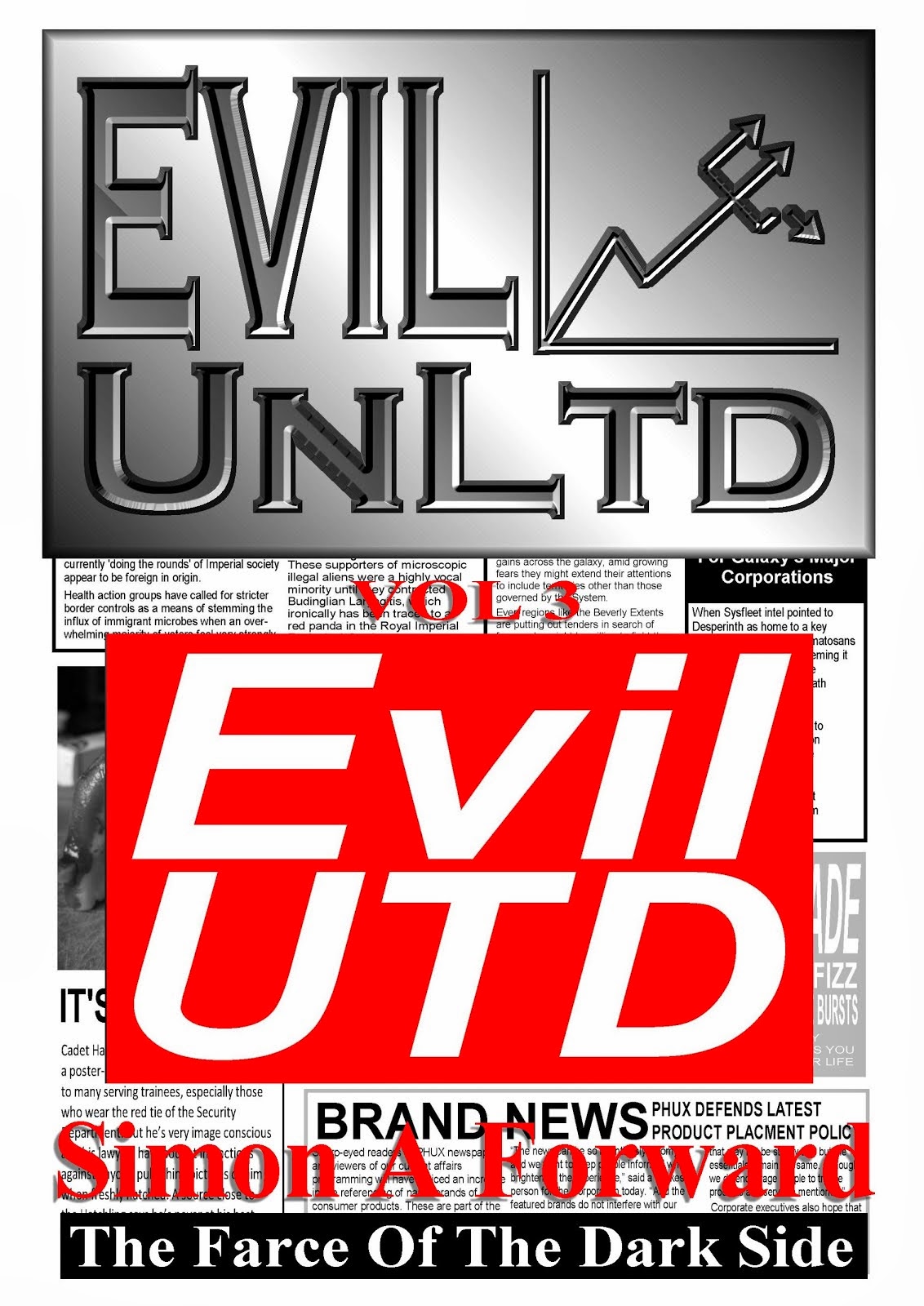When Barry Letts and Terrance Dicks inherited Doctor Who from their predecessors they
weren’t overly keen on the setup they’d been handed. The Doctor’s exile to
Earth must have seemed like a sentence imposed on them, with inherent
limitations on the kinds of story they would be able to tell. Mad professors and
alien invasions, that’s your lot. All credit to them then for everything they
achieved with Season 7, Pertwee’s debut and the show’s first year in colour.
And if you’re detecting traces of bias in that opening
paragraph, you’re not wrong. Doctor Who
has through much of its history been a prime example of succeeding in the face
of budgetary and technological shortcomings, but only very rarely has it had to
challenge the restrictions of its own format.
The
Ambassadors Of Death faced even more difficulties as credited
writer, David Whitaker, was struggling with the scripts and replaced at a late
hour by Malcolm Hulke. So it’s a minor miracle that anything coherent emerged,
let alone a story that stands up as one of my personal favourites.
For one thing, it features my earliest Who memory - that of two creepy
space-suited figures striding in slow-motion – and I don’t doubt that deeply
embedded childhood experience has done as good a job of colouring my
perspective as the restoration team did on the black-and-white print. So you’ll
pardon me for stating, before we go any further, that I love it.
I even kind of love the quirky episode openings,
sandwiched between two bursts of title music. Pyow! as a friend of mine so ably expressed it on Twitter.
It goes without saying, there are problems. But I’d best
say it anyway, as a nod to objectivity if nothing else. But overcoming flaws is
not such an issue when there’s such a great premise at the story’s core.
Silurians
asked, what if the aliens were here first? And Ambassadors goes for another alternative twist on the alien
invasion. Namely, what if the alien invaders aren’t invaders at all, they’ve
come in peace and are only being used by nefarious humans? Brilliant.
Sometimes even the simplest of ideas requires a degree of
contrivance to make it work and that’s certainly the case here. Circumstances
are carefully managed and inevitably situations have to be further contrived to
sustain the tale for its seven parts. The story length might be daunting for
some, but I rewatched it one episode at a time and each is quite a neat little
parcel of action, mystery, suspense and all the essential ingredients for
nudging along the narrative.
It’s also big-budget stuff for Doctor Who and for the most part that’s
right there on the screen.
The cash does disappear at times – like in the rocket
launch, for example – but the model shots of the mating space capsules are
pretty decent. Where the overspend is most apparent is in the big action
set-pieces where stunt group Havoc get to play soldiers. When it comes to the
transporter hijack, director Michael Ferguson seems to believe he’s helming a
Hollywood blockbuster.
Some of the blockbuster action is a bit stagey – and even
hammy when the Brigadier gets involved in a spot of fisticuffs in the latter
phase – but in the context of early 70s BBC television drama it’s bona fide
James Bond stuff, providing spectacle and pepping up the pace in what amounts
to a thinking man’s Moonraker.
Or Marsraker, perhaps.
Because this tale revolves around a series of (British!)
Mars missions. It shows its age in the best possible way, in that it lovingly
reflects the fascination with the Apollo missions of the era. An age when a
manoeuvring capsule or a spacewalk were clearly celebrated as something amazing
and captivating, no matter that they didn’t make for the fastest TV. The
pedestrian pace of those sequences and the subdued, functional mood in mission
control do much to root this sci-fi caper in a passable impression of reality. A
realism further enhanced by the consistently lax security you’d expect at a
British Space Centre.
And somehow it succeeds as a tale of first contact
despite occurring late in an already rich history of alien invasions.
The martians, not to be confused with the Ice Warriors,
are being used as puppets by the human villains of the piece. There’s only one
out-and-out bad guy, however, in the form of mercenary and crook, Reegan, who
has ambitions of putting the aliens to work in a string of bank robberies. With
these guys you could knock off Fort Knox, he says.
His boss, General Carrington, is a different matter. He’s
no Hugo Drax. He’s insane, but in a sympathetic way. His motivations are given
credible enough basis by a backstory comparable to that of General Williams in
Hulke’s later Frontier In Space – in essence, a fatal – and fateful –
misunderstanding. At the end, he appeals to the Doctor and when the Doctor
tells him he understands, you know it’s sincerely meant. It’s his actual aims –
how he intends to use the aliens – that seem vague and ill-formed. Reegan’s
agenda is abundantly clear. While Carrington spends most of the time juggling
and manipulating and basically striving to keep his not altogether pinned-down
plans afloat.
Probably a product of the script’s patchy development,
but it works in terms of the men’s respective mental states. Questions remain:
like, if Carrington’s crewmate, Jim, died on a previous Mars Probe mission, why
didn’t he report the details? Then again, many an officer might resist talking
of UFOs for fear they might appear mad. And even the mad ones probably wouldn’t
wish to seem mad.
The martians themselves are haunting, enigmatic figures.
Faceless space-suited figures, impervious to bullets and with a lethal brand of
Midas touch. Their death grip manifests as a highly visible – and colourful –
form of radiation which may be unscientific but it’s a nice effect which spells
it out for the viewer.
It’s a shame they don’t appear until quite far into the
story, but on the other hand the mystery surrounding them is largely preserved.
All to the benefit of what rates – for me – as one of the best endings in
Doctor Who.
Crisis resolved, the Doctor walks off, leaving humans to
handle this first contact situation on their own.
Knowing next to nothing about them places us in the same
boat as the humans. Whatever is transacted between the two races, whatever
there is to be learned about these aliens, is an undiscovered country, another
story for another time. That excites the imagination far more than the (frankly
unnecessary) glimpse we’re given of one martian’s face, sans helmet. This isn’t
a story about these aliens, it’s about how humanity responds when confronted
with the unknown. So it exercises great control by keeping them an unknown.
The humans involved are a mixed bag. John Abineri gives
us a nicely understated insane General. Ronald Allen as Ralph Cornish seems to have
taken his role as Controller a shade too literally, with almost every line
delivered as though his volume control has been turned down, but he’s
convincing enough and provides a calm centre to the spiralling events.
Taltalian (Robert Cawdron) strikes as a comical creation with his Pythonesque French
accent. The always brilliant Michael Wisher provides excellent soft-spoken BBC commentary to some key events worthy of the great David Attenborough himself. Cyril Shaps (one of those semi-regulars you’ll see popping up as
different characters in Who) is terrific as the doomed, weaselly Lennox and
it’s a nice touch to have him and Liz Shaw recognise each other from their
Cambridge days.
Caroline John, needless to say, is fab, fulfilling her
role as the Doctor’s assistant with her customary sparkle and she seems to
relish all that she’s handed in this adventure. A stuntman takes over for
certain scenes but the script gives her plenty to do and rounds out the
character of Liz Shaw as the most capable pre-Leela companion, with her grasp
of sciences, technical know-how, language skills and heaps of pluck to give
enemies a run for their money. Her line to one of the heavies as he grabs her –
“It’s all right. I won’t hurt you.” – is priceless.
The Doctor, likewise, gets a healthy variety of stuff to
do and Pertwee is in fine form, at home and enjoying himself in the role, able
to demonstrate all his natural flair as an action hero, scientist, comedian and
(ironically, given that he steps out ahead of actual negotiations), the
ultimate diplomat.
It’s a great showpiece for his Doctor as well as for the
new era which Letts and Dicks inherited. It’s also, like Recovery Seven, a
successful rescue mission, managing to salvage something of a classic from a
project fraught with difficulties.
And it delivers an important lesson for us all:
If you ever find yourself in attendance at one of these
Ambassadors’ parties, don’t touch the Ferrero Rocher.
SAF

















